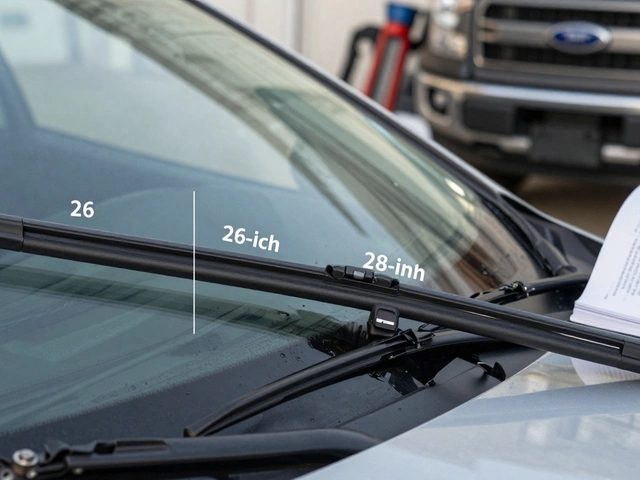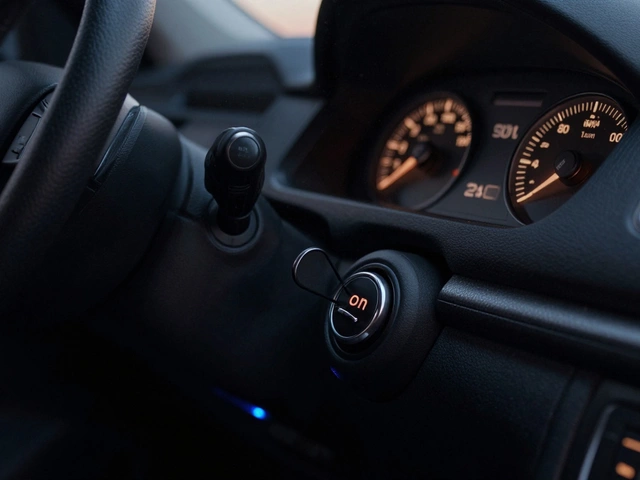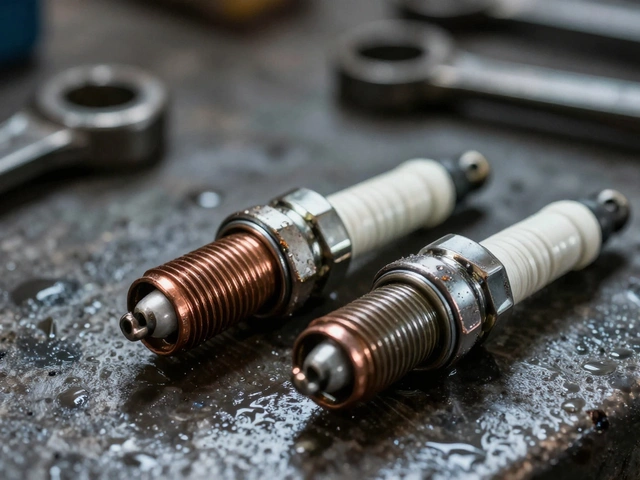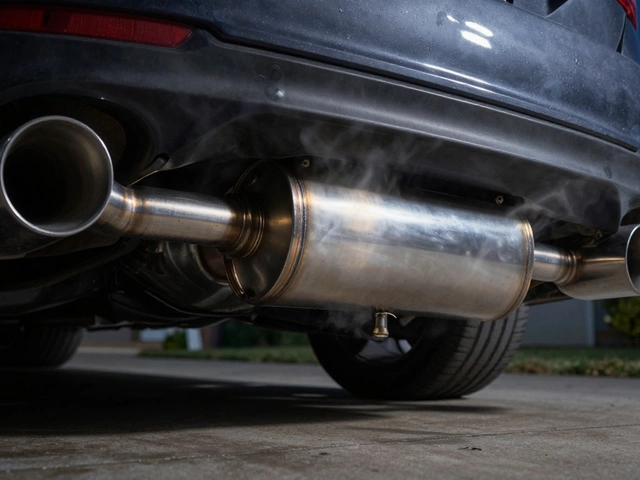Oil Levels: How to Check, Maintain, and Avoid Engine Damage
When it comes to keeping your car running, nothing beats paying attention to oil levels, the amount of engine lubricant in your vehicle, critical for preventing friction and overheating. Also known as engine oil level, it’s one of the simplest checks you can do—and one of the most important. If your oil is too low, your engine parts grind against each other. Too high, and you risk foam buildup, pressure issues, and even engine failure. It’s not complicated, but skipping it can cost you thousands.
Checking your dipstick reading, the method used to measure engine oil volume using a marked metal rod takes less than five minutes. You don’t need tools, just a clean rag and a few seconds after the engine has cooled down. The dipstick shows two marks: minimum and maximum. Anything between them is safe. If you’re below the minimum, you’re running on borrowed time. Many drivers wait until the dashboard light comes on—but by then, damage might already be done. That’s why regular checks matter more than any scheduled service.
Oil levels don’t just drop from leaks. They burn off over time, especially in older engines or if you drive hard. A car with 100,000 miles might use half a quart between changes. That’s normal. But if you’re adding a full quart every 1,000 miles, something’s wrong. That’s when you look for leaks, worn piston rings, or valve seals. And if you’ve overfilled—yes, even one extra quart can cause problems—your engine might start smoking or lose power. oil maintenance, the routine care of engine lubrication to ensure optimal performance and longevity isn’t about changing oil alone. It’s about watching the level, knowing what’s normal, and acting before it turns into a breakdown.
Most of the posts here focus on the ripple effects of ignoring small things. Skipping an oil change? That leads to sludge. Low oil levels? That leads to overheating. Overheating? That can kill your radiator. And a failing radiator? That puts more stress on your engine. It’s all connected. You can’t fix a bad clutch if your engine seizes first. You can’t upgrade your exhaust if your car won’t start because of low oil pressure. The truth is, oil levels sit at the center of a chain reaction. Get it right, and you protect your brakes, your cooling system, your fuel pump, even your suspension. Get it wrong, and you pay for it in repair bills.
Below, you’ll find real guides from drivers who’ve been there—how to read the dipstick right, what to do if your oil looks milky, why synthetic oil changes the game, and how to spot if your engine’s already been hurt by neglect. No fluff. No theory. Just what works.





